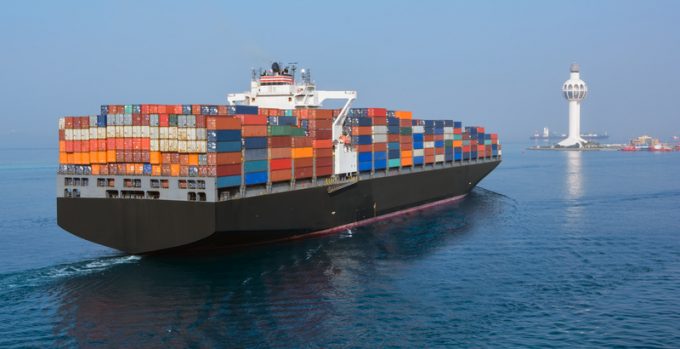Global container trade still strong, but front-loading not the cause
Global container traffic in January continued to show underlying strength, according to recently released figures ...

The Middle East Gulf region could be faced with substantial overcapacity of container terminal and air cargo infrastructure if all planned projects proceed, a new report from Transport Intelligence (Ti) warns.
Almost every major port, from Oman north to Kuwait, has substantial upgrades planned, The Middle East Investment Opportunities 2018 report says.
“An audit of GCC [Gulf Cooperation Council] and Iran airport and port infrastructure reveals that the UAE remains the dominant location for both container and air freight traffic,” it says. “Qatar’s ...
Trump tariffs see hundreds of cancelled container bookings a day from Asia
'Disastrous' DSV-Schenker merger would 'disrupt European haulage market'
'To ship or not to ship', the question for US importers amid tariff uncertainty
'Chaos after chaos' coming from de minimis changes and more tariffs
List of blanked transpac sailings grows as trade war heats up and demand cools
EC approves DSV takeover of DB Schenker
Shippers in Asia restart ocean shipment bookings – but not from China
Forto 'sharpens commercial priorities' as it lays off one-third of staff
India withdraws access for Bangladesh transhipments, in 'very harmful' decision
'Tariff hell' leaves industries in limbo – 'not a great environment to plan'
IndiGo fleet expansion plan will include a major push to boost cargo volumes
Pre-tariff rush of goods from US to China sees air rates soar, but not for long

Comment on this article